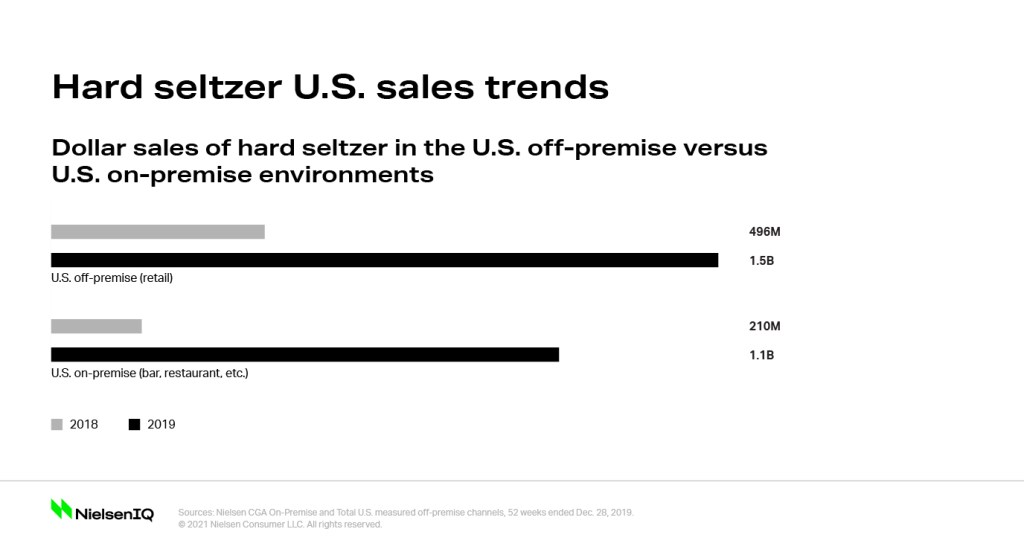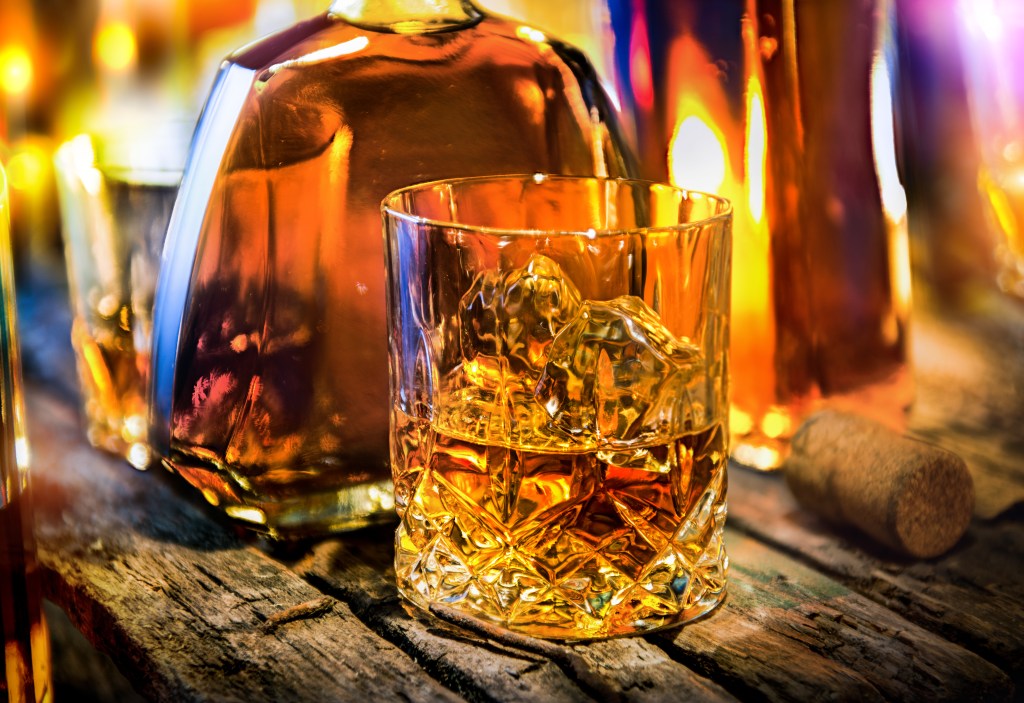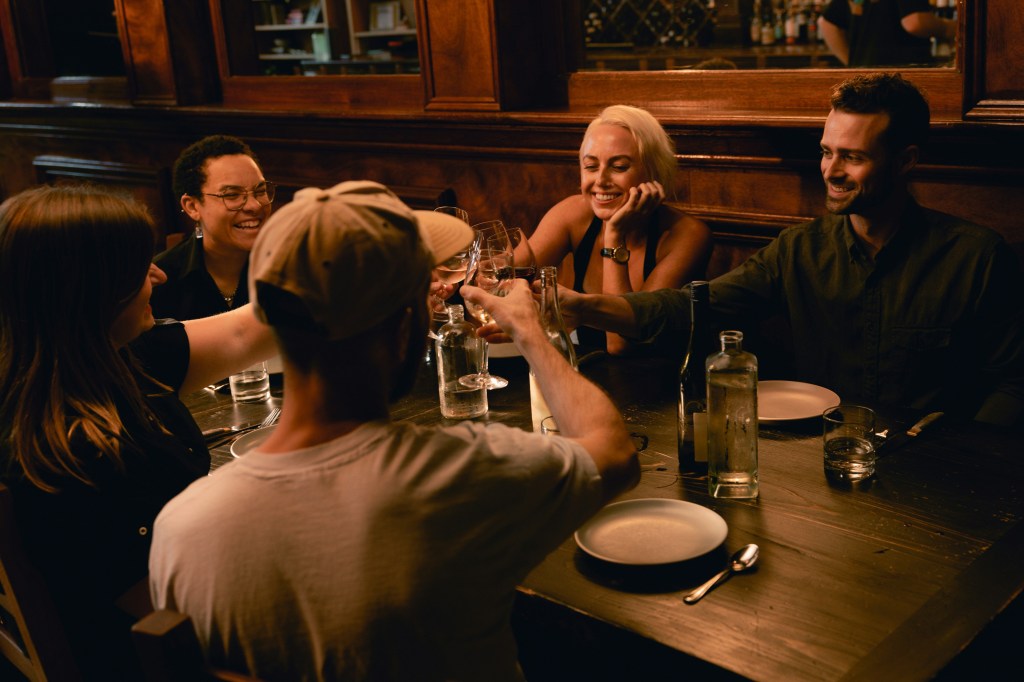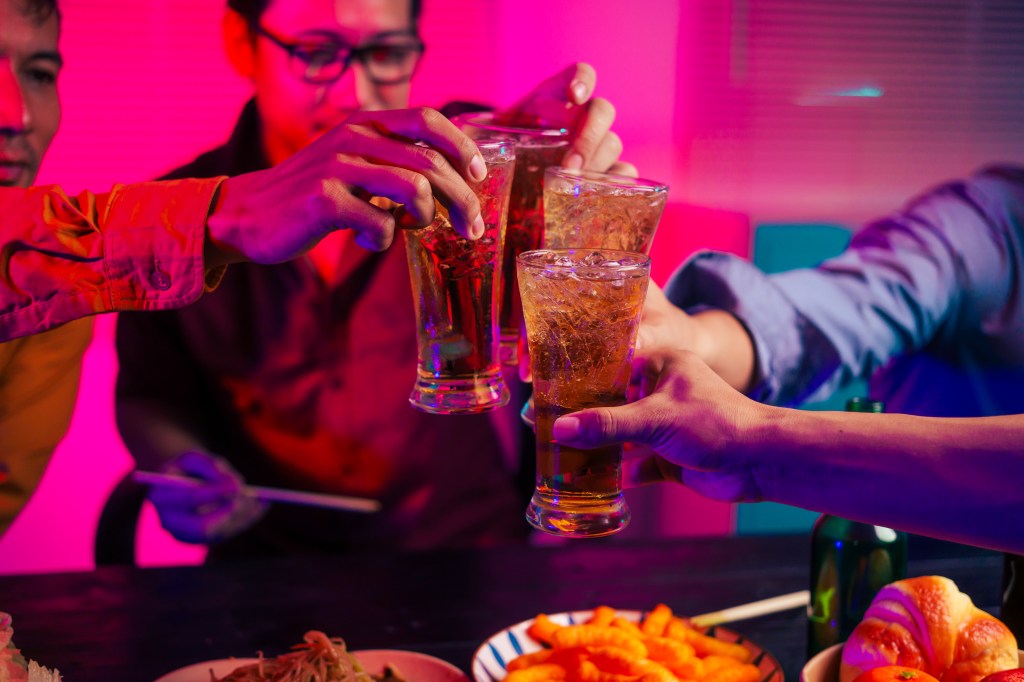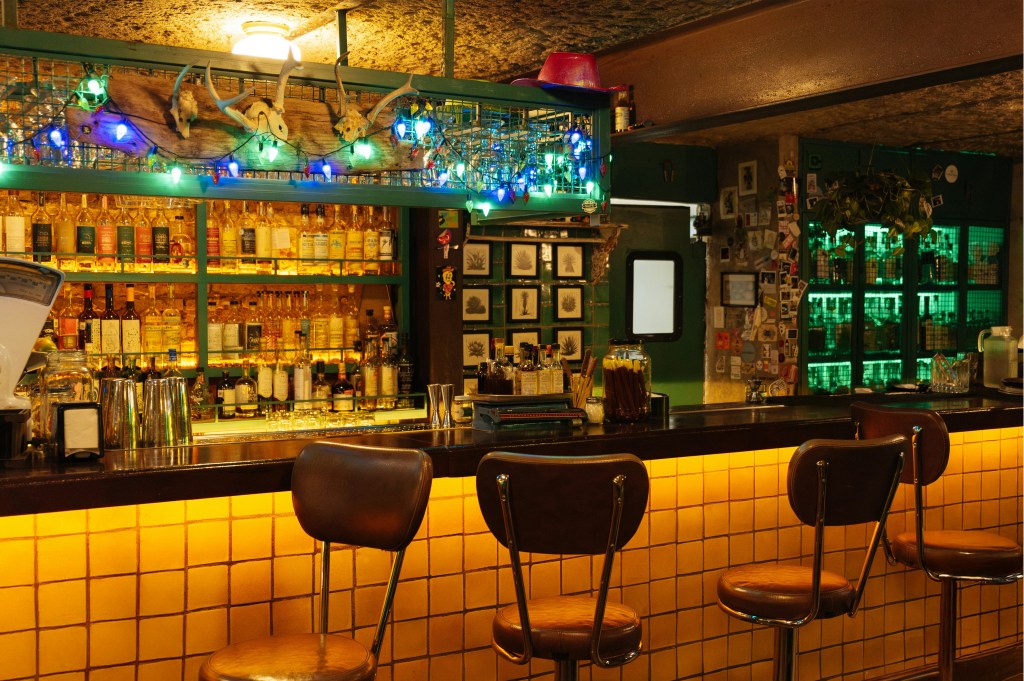New hard seltzer drinkers are switching from other alcoholic beverages
Hard seltzers are a boon to the U.S. alcoholic beverage industry at large, and that’s shaking up the competitive landscape across the bar and restaurant scene. But while it’s hard to ignore the pace at which hard seltzers have upended the landscape, the growth has the potential to boost other alcoholic beverages as well.
In looking at the alcoholic beverage landscape, seltzers have created a massive disruption. According to findings from NielsenIQ CGA, the number of consumers drinking hard seltzers at bars and restaurants increased by 73% between the spring and fall of 2019: that’s equivalent to around 7.5 million new drinkers. And while some of the increase reflects the entrance of consumers who recently turned 21, most new hard seltzer drinkers are switching from other alcoholic beverages.
Hard seltzers have disrupted the U.S. on-premise (bars and restaurants) space so dramatically that weekly sales now surpass those of the entire pale ale beer category. Of the consumers who identify as hard seltzer drinkers, more than half (51%) said they are actively choosing seltzers over their normal drink of choice when they’re out of the house, with 52% selecting hard seltzer instead of beer and 40% doing so instead of cocktails. With more brands coming to market, Americans drinking healthier, and seltzer marketing efforts taking media by storm, we expect the appetite for hard seltzers in bars and restaurants to continue growing, especially as nearly three quarters (72%) of hard seltzer drinkers in the U.S. on-premise think they will become even more popular in the future, while fewer than one-fifth (18%) view them as a fad.
Hard seltzer can supplement, not just replace
There is no denying that many consumers are reaching for hard seltzers instead of something else, but hard seltzers don’t have to be one-trick ponies. As such a flexible drink virtually unaffected by seasonality (82% say it’s suitable for all four seasons), the hard seltzer category lends itself to a draft and mixer format. More than a third (36%) of consumers said they would drink it on draft—and within that population, 46% would enjoy it on its own, 35% would use it as a mixer in a cocktail and 33% would use it as a mixer with a spirit.
This spells a big opportunity for spirit suppliers that could benefit from the growth of the hard-seltzer-as-a-mixer trend. When asked which spirit they’d pair with a hard seltzer, 69% of consumers said vodka, followed by 53% for rum, 52% for tequila, and 45% for liqueurs and cordials. The consumer demand is there, which means that retailers, suppliers, and distributors just need to understand the demand and deliver on the opportunity.
This light, refreshing beverage succeeds everywhere
From bartops to pool parties, hard seltzers are ubiquitous in their growing popularity. They had a head start in the $1.65 billion U.S. off-premise space, and they continue to maintain a growth rate of 215% (and counting) across U.S. retail. That said, hard seltzer sales growth at bars and restaurants outpaced retail sales growth last year, amplifying the opportunity for on-premise venues in 2020.
Hard seltzers are popular, but as with any category, bars and restaurants have a tolerance and limitations for the number of hard seltzers options they will present to patrons. That means the onus is on beverage manufacturers to deliver on the category’s promise with hard seltzer offerings that can both stand out on their own, but also in conjunction with other beverages—and thereby earn the trust of bars and restaurants.
